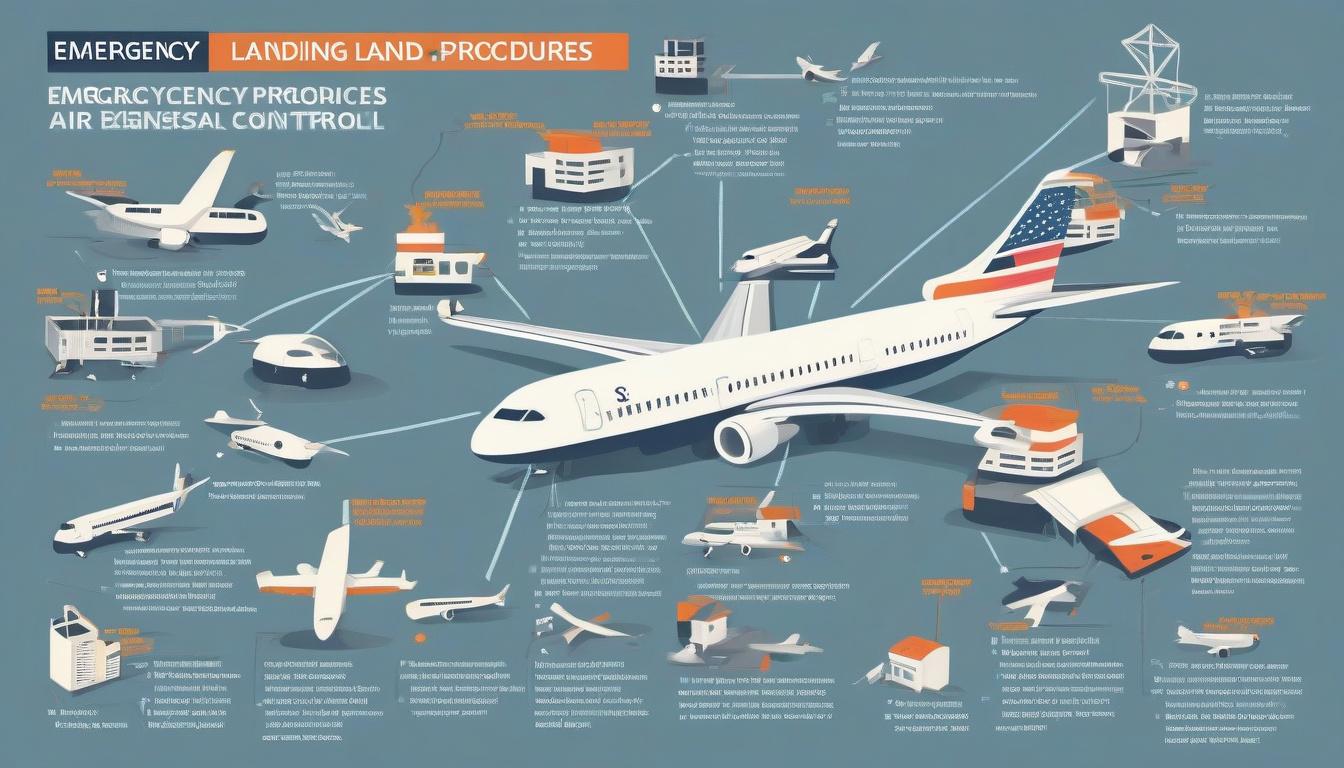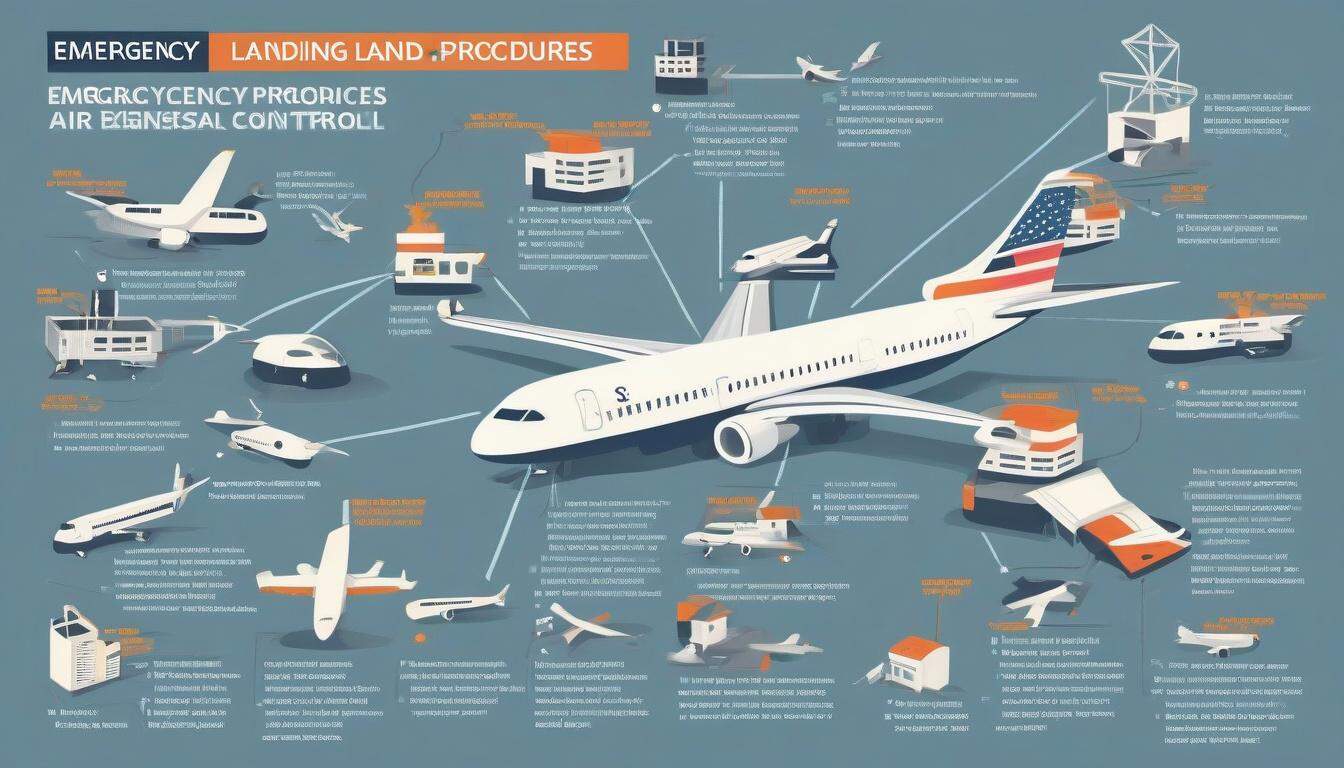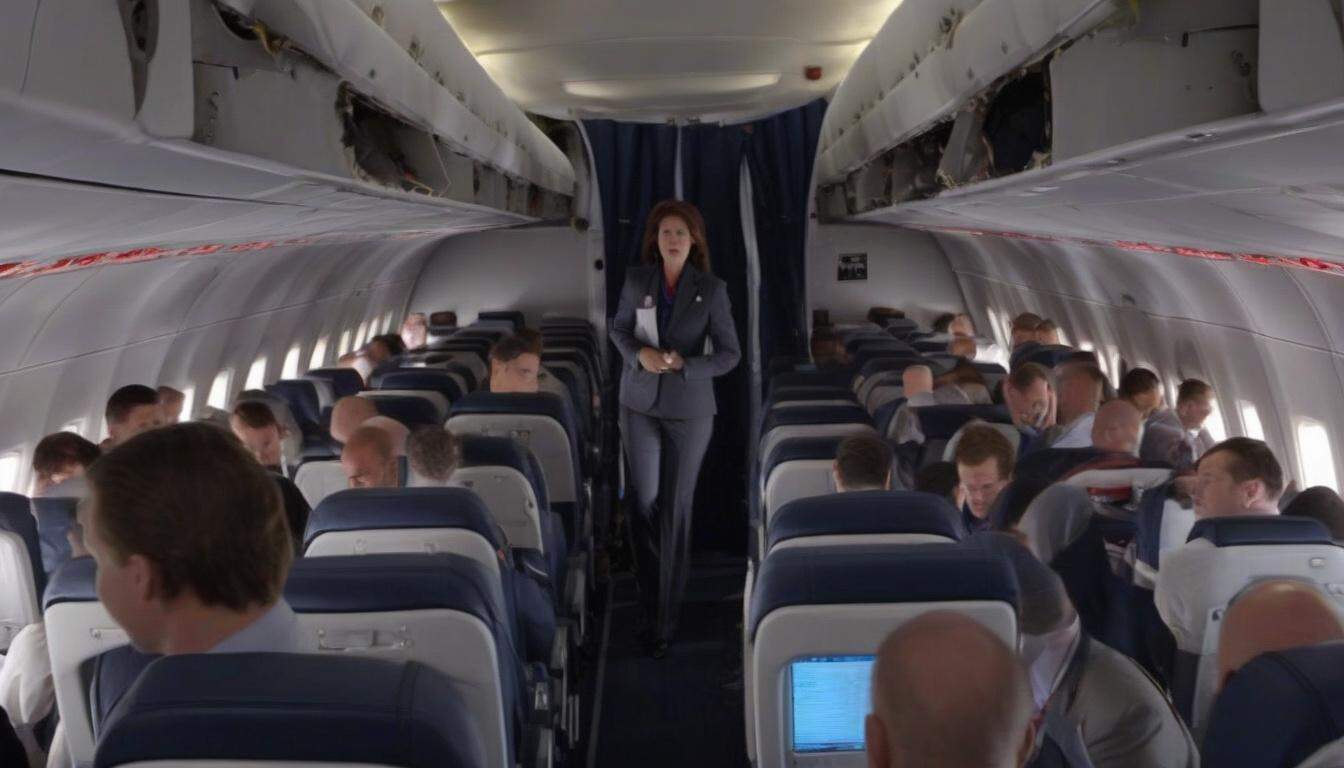Delta Flight DL275 Diverted LAX: Inside the Engine Failure Incident

Key Takeaways
- Delta Flight DL275 was diverted to LAX due to a malfunction in the engine’s anti-ice system, crucial for safe operations at high altitudes.
- The flight crew made a proactive decision to land at Los Angeles International Airport, a major Delta hub with necessary maintenance facilities.
- No injuries were reported, and the incident highlighted the effectiveness of the crew’s training and communication with passengers during the situation.
- The diversion resulted in significant costs for Delta, estimated at $2.3 million, raising questions about the need for advanced predictive maintenance technologies.
- This incident serves as a reminder of the importance of safety protocols in aviation and the potential benefits of AI in preventing similar issues in the future.
Overview of Delta Flight DL275 Incident
On May 28, 2025, Delta Flight DL275 was flying from Detroit to Tokyo when it encountered an unexpected problem. While cruising at 38,000 feet, the flight crew noticed a malfunction in the Rolls-Royce Trent XWB engine’s anti-ice system. This important system stops ice from forming on engine parts, which is crucial for safe flying in cold, high-altitude conditions. Think about driving a car in winter without snow tires; the chances of slipping and sliding increase dramatically.
Understanding the potential danger, the crew quickly decided to divert to Los Angeles International Airport (LAX), a major Delta hub with the right maintenance facilities. This decision was smart, putting passenger safety first. The aircraft landed safely, and thankfully, no injuries were reported. This incident highlights how effective emergency procedures can be in aviation.
Yet, this event sparked discussions about airline safety and maintenance practices. Could advanced AI technology have predicted this failure? Experts believe that real-time monitoring systems might have caught early warning signs, possibly preventing the issue before takeoff. This situation serves as a reminder that while modern aircraft are packed with advanced technology, taking proactive steps is vital for keeping passengers safe.
| Key Event | Details |
|---|---|
| Flight Route | Detroit to Tokyo |
| Incident | Engine anti-ice system failure |
| Landing Location | Los Angeles International Airport (LAX) |
| Outcome | Safe landing, no injuries |
Details of the Engine Failure
On May 28, 2025, Delta Flight DL275 was flying from Detroit to Tokyo when it encountered a serious engine failure. This happened because the Rolls-Royce Trent XWB engine’s anti-ice system malfunctioned. Picture driving a car in winter without a defroster; ice builds up and can cause major problems. The anti-ice system works like that defroster, preventing ice from forming on the engine, which is vital for high-altitude flights.
At around 38,000 feet, the flight crew noticed a fault in the system. Instead of risking a dangerous situation over the vast Pacific Ocean, they made a smart decision to divert to Los Angeles International Airport (LAX). Why choose LAX? It’s a major Delta hub, equipped with the right maintenance facilities and trained personnel to handle emergencies quickly.
The aircraft landed safely, showcasing effective aviation safety protocols. Thankfully, no injuries were reported, and passengers were rebooked on other flights. This incident underscores the importance of proactive maintenance and technology in keeping passengers safe. Could advanced predictive analytics have averted this issue? Definitely! By monitoring engine performance in real-time, airlines can spot problems before they grow, ensuring safer skies for everyone.
Emergency Landing Procedures at LAX

On May 28, 2025, Delta Airlines Flight DL275, which was headed for Tokyo, encountered a serious problem in mid-air. While flying at 38,000 feet, the flight crew noticed a malfunction in the anti-ice system of the Rolls-Royce Trent XWB engine. This system is vital for stopping ice from forming on engine parts, especially over chilly areas like the North Pacific. Think about driving a car in winter without a defroster; the dangers are clear.
Deciding to divert to Los Angeles International Airport (LAX) was a smart move. LAX is a major Delta hub, equipped with the right maintenance facilities and skilled technicians. By landing at LAX, the crew prioritized passenger safety and reduced the risks of continuing the flight. Their quick response showcased effective airline protocols and strict adherence to FAA regulations.
After landing safely at LAX, passengers were rebooked on other flights, highlighting Delta’s dedication to customer care. This incident reminds us of the importance of regular aircraft maintenance and the role of technology in keeping aviation safe. With advancements in AI, future problems like this could be predicted and avoided, paving the way for smoother skies ahead.
Passenger and Crew Response During the Incident

During the incident with Delta Flight DL275, the response from both passengers and crew was crucial. Imagine being on a ship in a storm; the crew’s calmness can make all the difference. When the flight crew detected a malfunction in the Rolls-Royce Trent XWB engine’s anti-ice system at 38,000 feet, they quickly communicated the situation to passengers, ensuring everyone stayed calm and informed.
Why did the crew decide to divert to LAX instead of returning to Detroit? It’s like choosing to dock at a nearby harbor instead of risking the open sea. LAX, a major Delta hub, offered immediate access to maintenance facilities and expert technicians, making it the safest choice for repairs.
Passengers felt a mix of anxiety and relief. Many appreciated the crew’s professionalism and clear communication throughout the diversion. Delta’s proactive safety protocols ensured that no one was harmed, and passengers were rebooked efficiently, minimizing travel disruption. This incident serves as a powerful reminder of the importance of effective airline response and passenger safety in aviation.
| Response Aspect | Details |
|---|---|
| Crew Communication | Informed passengers promptly about the diversion. |
| Passenger Reactions | Mixed feelings; many praised the crew’s professionalism. |





